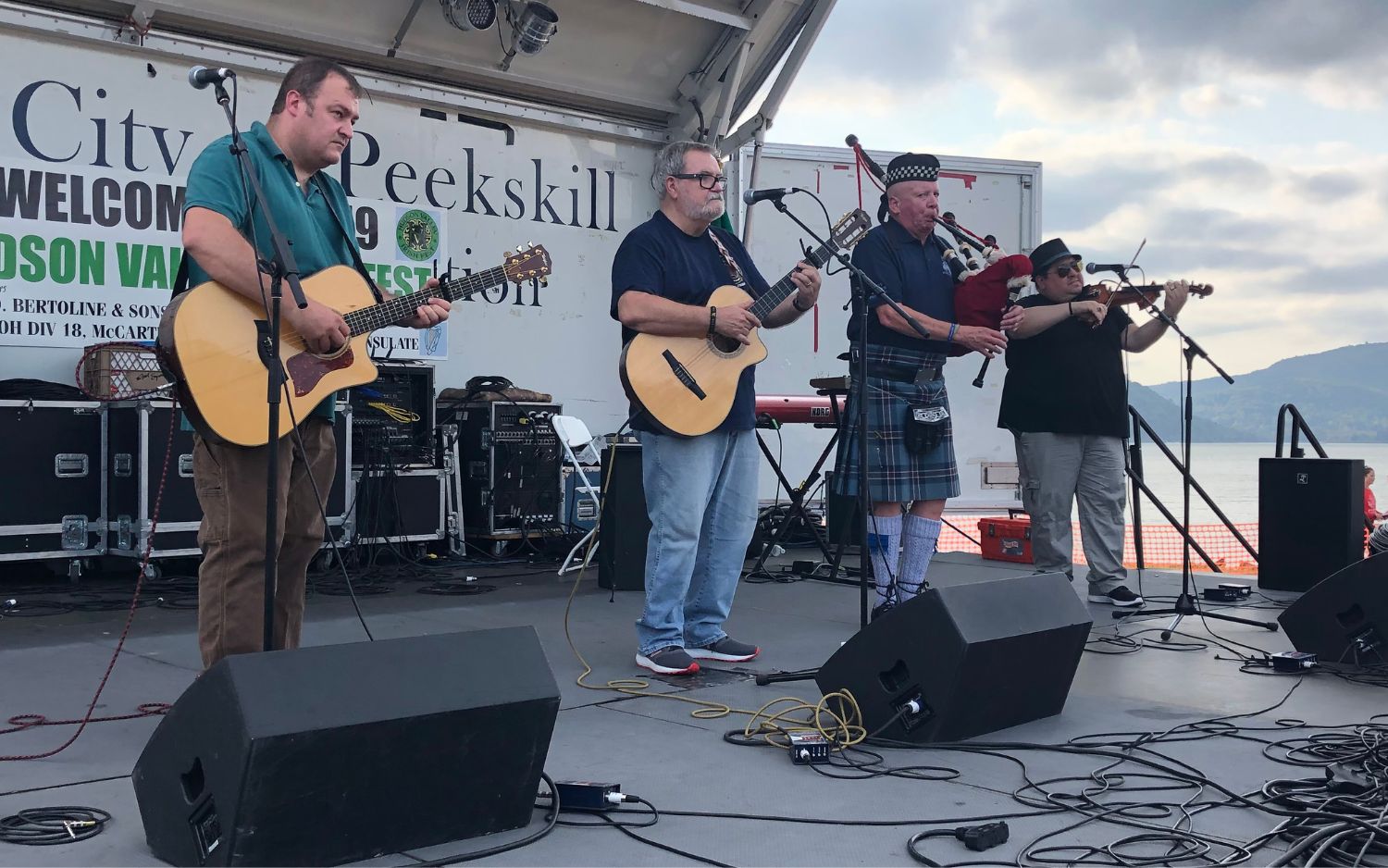Astonishingly, it has been 22 years now since terrorists first attempted to bring down the World Trade Center. On February 26, 1993, at 12:17 in the afternoon, a massive blast ripped through a parking garage located in the basement of the complex.
Convicted terrorist Ramzi Yousef and an accomplice parked a yellow Ryder van packed with explosives in the B-2 level, in the hopes that the blast would topple one of the Twin Towers – and possibly even knock the second tower down in the process.
Of course, it didn’t work out that way. Nevertheless, six people were killed and over 1,000 injured.
Once Yousef was convicted, a famous story goes that he was blindfolded while being helicoptered to another location. An FBI agent couldn’t resist lifting Yousef’s blindfold as they flew over the Twin Towers.
''Look down there,'' the FBI agent said. ''They're still standing.''
Yousef is said to have replied, ''They wouldn't be if I had had enough money and explosives.”
Of course, we know what happened eight years later. The fanatics got the money they needed, and swapped explosives for planes.
Time marches on at Ground Zero. Just this week, the august New Yorker magazine moved from Times Square to new offices in One World Trade Center.
It is admirable, in some ways, how we New Yorkers – we Americans – plow ahead, even at a site as sacred as the Trade Center’s. But so many things are also lost when we so willingly pave over the pain of the past.
That’s why the new, star-studded production of Eugene O’Neill’s epic play "The Iceman Cometh," currently stunning audiences nightly in Brooklyn, is so important.
The play, running over four hours and starring Nathan Lane and Brian Dennehy, is a heart breaker about daydreams and nightmares, which unfolds at a flophouse saloon whose proprietor is the ironically named Harry Hope.
The trouble is, not many people know that O’Neill – whose father was an Irish immigrant from Kilkenny – based the saloon on a real place. It was run by an Irish American named James Condon.
The saloon was called Jimmy-the-Priest’s. It was located on Fulton Street in downtown Manhattan, amidst a block of buildings that were eventually torn down to make way for – you guessed it – the World Trade Center.
It was in a room above Jimmy-the-Priest’s where O’Neill even attempted to commit suicide in 1912 – which just so happens to be the year "The Iceman Cometh" is set.
As O’Neill biographer Barbara Gelb has written, while writing "Iceman" in 1939, “O'Neill retreated deeper and deeper into his past, into a time when he spent countless hours and endless days drinking in a saloon and rooming house on Fulton Street called Jimmy-the-Priest's, sharing his fellow-derelicts' pipe dreams, their 'hopeless hope' of a better tomorrow that never came.”
Gelb adds that O’Neill’s life when he was frequenting Jimmy-the-Priest’s was so bleak that even his suicide attempt led to him being “humiliatingly rescued by some of his fellow-derelicts at Jimmy-the-Priest’s.”
Indeed, it seems American dreams went to die at Jimmy-the-Priest’s. O’Neill has written about a friend of his named Jimmy Driscoll – “a Liverpool Irish stoker” who worked on the sea – who also killed himself while living at Jimmy-the-Priest’s. As a result, O’Neill’s play is filled with characters who are still trying to figure out what they are – and aren’t – doing on this planet.
Here’ the thing: If Eugene O’Neill were not an artist of the highest order, we would never remember the barflies from Jimmy-the-Priest’s. People don’t build memorials to people or places like this.
But that doesn’t mean the people who lived and worked there are not important. Their heartache and heartbreak, and any of the small victories they may have managed to win along the way, are crucial reminders of how hard life in New York can be.
We know why the World Trade Center site is sacred. Those who died and sacrificed there must be remembered.
But we should also thank Eugene O’Neill. "The Iceman Cometh" is its own fitting memorial to those New Yorkers who are far too easy for us to forget.
* Contact Sidewalks at tdeignan.blogspot.com.




Comments